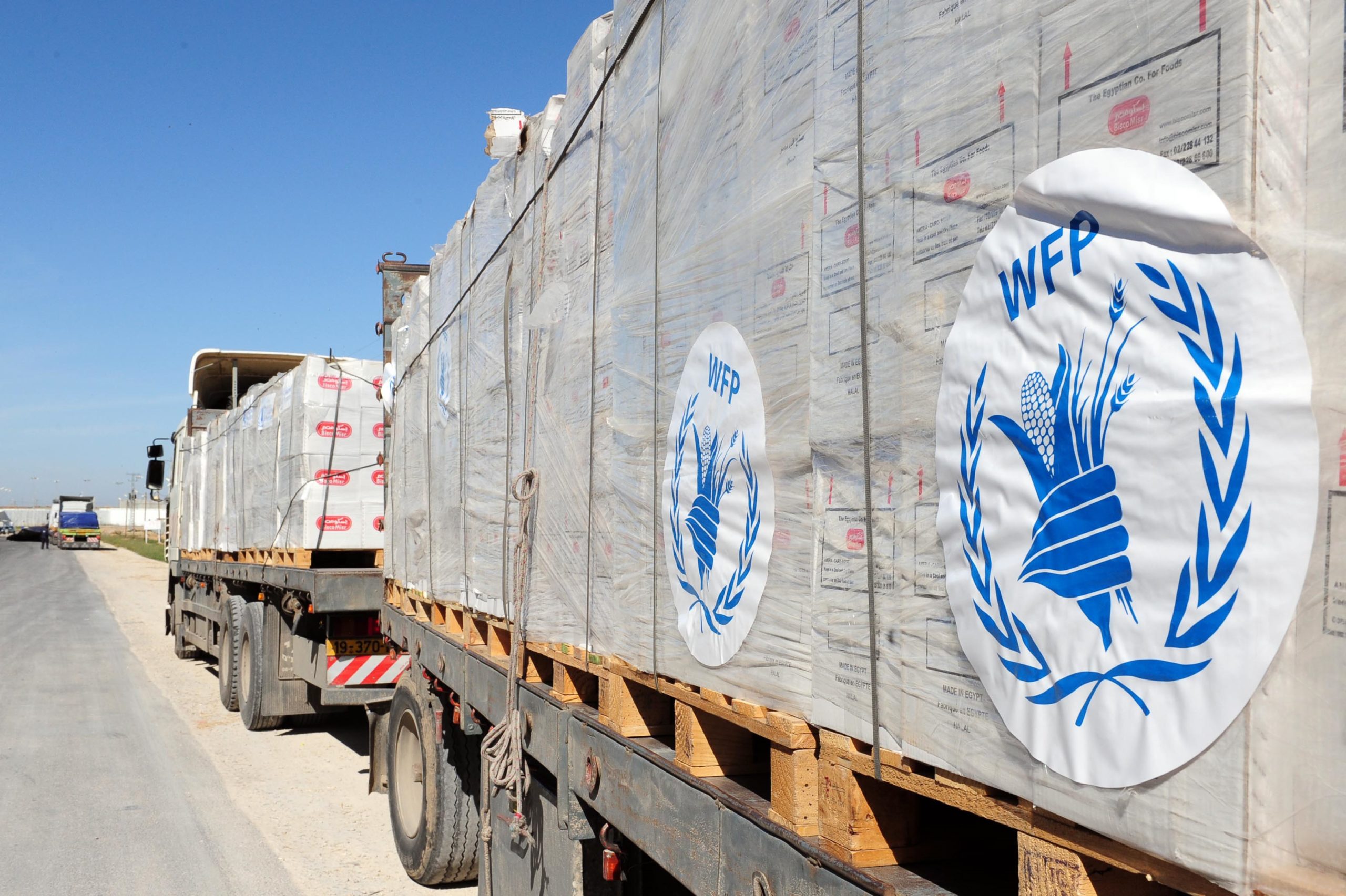On Friday, the Nobel Committee announced the World Food Programme as the recipient of this year’s Nobel Peace Prize. Kristen McCollum is a DPhil in Migration Studies at COMPAS and works with WFP as an analyst in its Office of Evaluation*. We asked Kristen some questions about her reaction to the news, how it links to her research, and what the future holds for WFP.
Q: What message do you think this year’s Prize sends?
A: In the most basic sense, I think the prize is reminding us that the act of fulfilling basic needs is an act of peace. But more importantly, I think it is a call for continued international cooperation to address one of the world’s most pressing problems. Berit Reiss-Anderson was clear in her announcement speech – she said, “global problems will have to be solved by global efforts.” It’s easy to see how international cooperation is so necessary with issues like COVID19 – but we don’t often think of hunger being a global issue that requires international coordination. Of course, WFP can’t do its work without local employees and partners who know the context, who know the landscape. But at the same time WFP offers the types of technologies that only come from international collaboration and resource mobilization – the technologies that are so helpful when trying to access those populations who are hardest to reach.
Q: What is the relationship between the work of the World Food Programme and your interest in forced migration?
A: I see the link when I look at global trends. The latest SOFI report showed us that the number of people suffering from food insecurity continues to increase, as it has been doing steadily since 2014. And this is pre-COVID data. The world is also seeing its highest displacement rates ever in history. The fact that these two trends are occurring simultaneously is not a coincidence. Food (in)security is intimately related to refugees and IDPs – it acts as both a cause and a result of forced displacement.
There’s probably no more accurate illustration of this dynamic than in Syria, where more than half of the population has been displaced since the beginning of the war. Food is a crucial component of Syria’s story. Hunger has been used as a weapon of war; violence has destroyed irrigation infrastructure and supply chains necessary for food production and delivery. Hunger often drives displacement, but food insecurity is of course a consequence of forced displacement as well – not because food is scarce, but because of lack of access.
Q: What can we expect to see from WFP in the next few years?
A: Many people, when they think of the World Food Programme, think of air-dropping food packages. While that still happens when absolutely necessary in particularly difficult contexts, WFP’s approach to food security is more varied than that. It works on building livelihoods, supporting school feeding programmes, and initiatives that support food security more systematically.
In the near future, I think we can expect to see even more cash-based approaches in WFP. Last year WFP transferred over two billion dollars in cash or value vouchers. It spearheads the cash-based transfer stream of the Grand Bargain. Here at Oxford’s Refugee Studies Centre, as part of the Refugee Economies Programme, researchers are looking at the impacts that various cash-based approaches have on those living in refugee settlements, and it looks promising when done well. There is a lot for WFP to learn in this space as its use of cash continues to increase as a proportion of its portfolio of assistance.
Relatedly, I think we can expect to see better data coming from WFP, though this might be my own biases coming out. In SIPRI’s timely report examining WFP’s contribution to Peace, four of the twelve recommendations for peace-building were about getting and using better data. It is particularly difficult to collect data in the fragile and conflict settings where WFP works, but WFP’s vulnerability analysis unit has a lot of good experience here, and our Office of Evaluation’s new impact evaluation strategy will help us generate evidence to look out for in the next few years as well.
* The views in this blog do not necessarily reflect the official position of the World Food Programme
